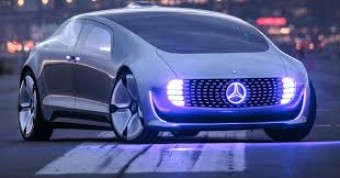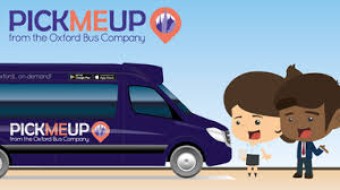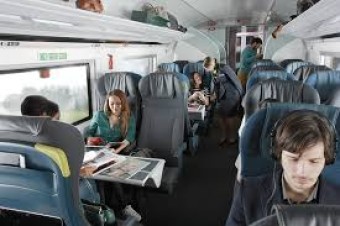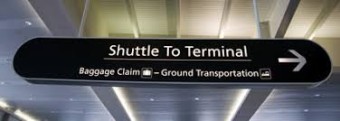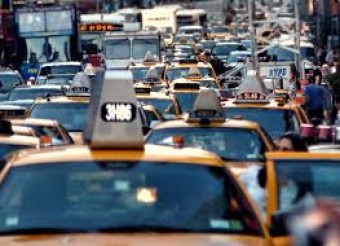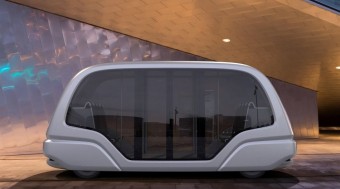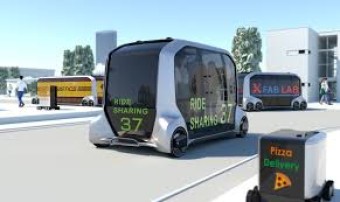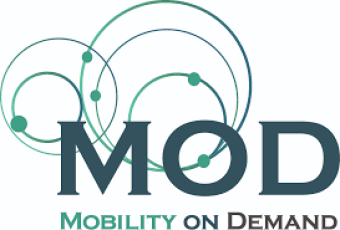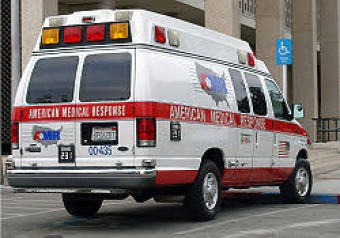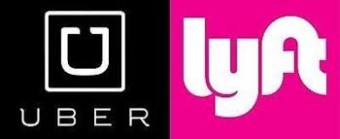The ‘handoff-problem – Who’s to blame for robo-car deaths?
An interesting comment on Uber’s Tempe-crash in Intelligent Transport: Arizona prosecutors said Tuesday that they wouldn’t charge Uber with a crime after one of its autonomous cars hit and killed a pedestrian last year. Instead, they said investigators should look into what the safety driver “would or should have seen that night.”
One interesting point about the news was raised by Frank Douma, a researcher at the University of Minnesota’s Center for Transportation Studies:
“It’s a very conventional way of thinking to say we can expect and we should expect people to sit and monitor technology that is otherwise doing all the decision-making.”
The “handoff problem” — that humans are too easily distracted to safely retake control of an autonomous vehicle in an emergency — is well documented. The Uber accident provided a first glimpse of how the law would deal with that issue. It suggests that, for now, the onus remains on the “driver.”
- ‘Robo-cars’: the onus remains with the driver – for now.
